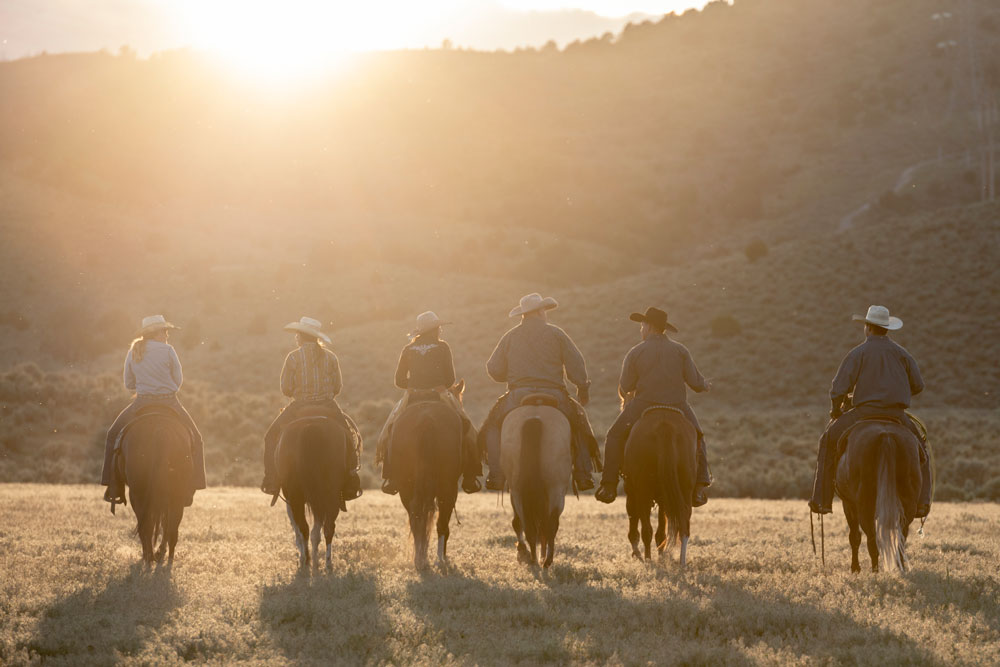
Youth are the future of the horse industry while adults are the foundation. The industry needs youngsters to come up and fill the ranks. While kids are just learning about horses, it is their adult family members funding those interests. Adult riders might have decades of experience and lessons under their belt, or they might be returning to the saddle after time away. Perhaps they are finally fulfilling a childhood dream of learning to ride.
Regardless of where they are in their journey, adult riders can be a core revenue generator for riding stables.
Jill Haas operates North Eastern Performance Horses in Massachusetts, where she teaches adult and youth riders. Part of what makes her operation successful is recognizing the differences between teaching adults and kids.
“Adults often come with a lot more opinions and information than the youth,” she said. “You have to help answer their questions the best you can.”
Adults who ride regularly or have continued riding throughout their lives have different needs than those coming back after a break. Haas has noticed that older riders tend to get rusty easier than youth that have taken a break and are returning to the saddle. To help adult riders overcome this “rust,” she uses repetition as much as possible.
“The more times they can process something and the more time in the saddle, the better,” she said.
Haas has also observed that adults tend to be less confident and are harsher on themselves when they don’t get something correct right away. The biggest challenge with teaching adults is often getting them to learn feel and timing if they haven’t worked with a professional trainer before in their life. Feel is so Innate and it’s something that develops much easier when riders are brought up properly from a young age.
Offering adult lessons can add a great dynamic to the barn. Consider the level of rider your skills are best suited to teaching and focus on exceeding their expectations to develop long-lasting relationships.


